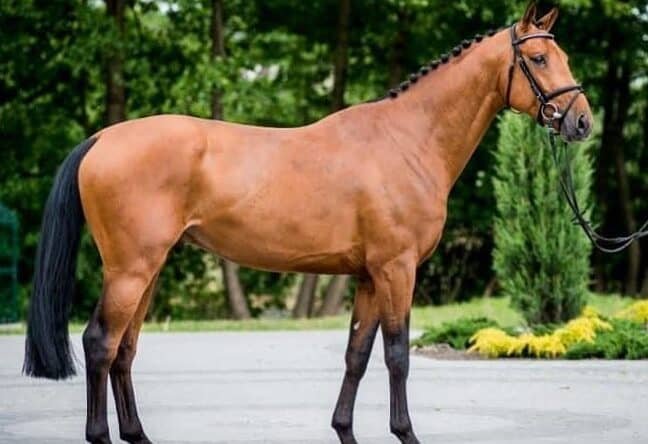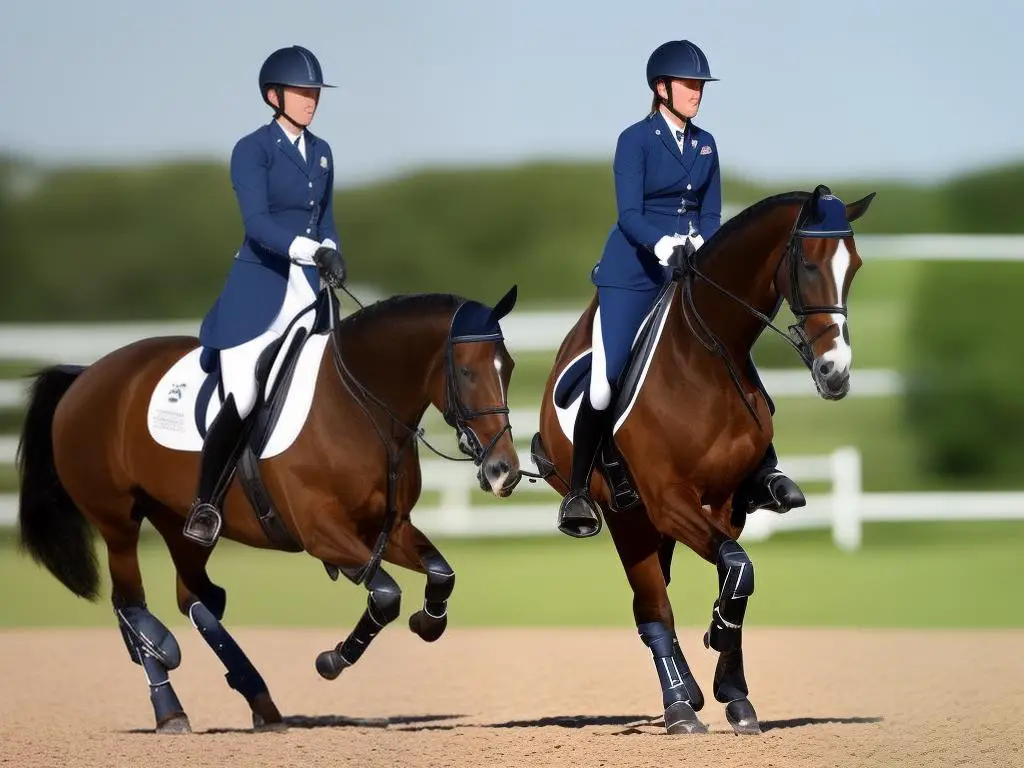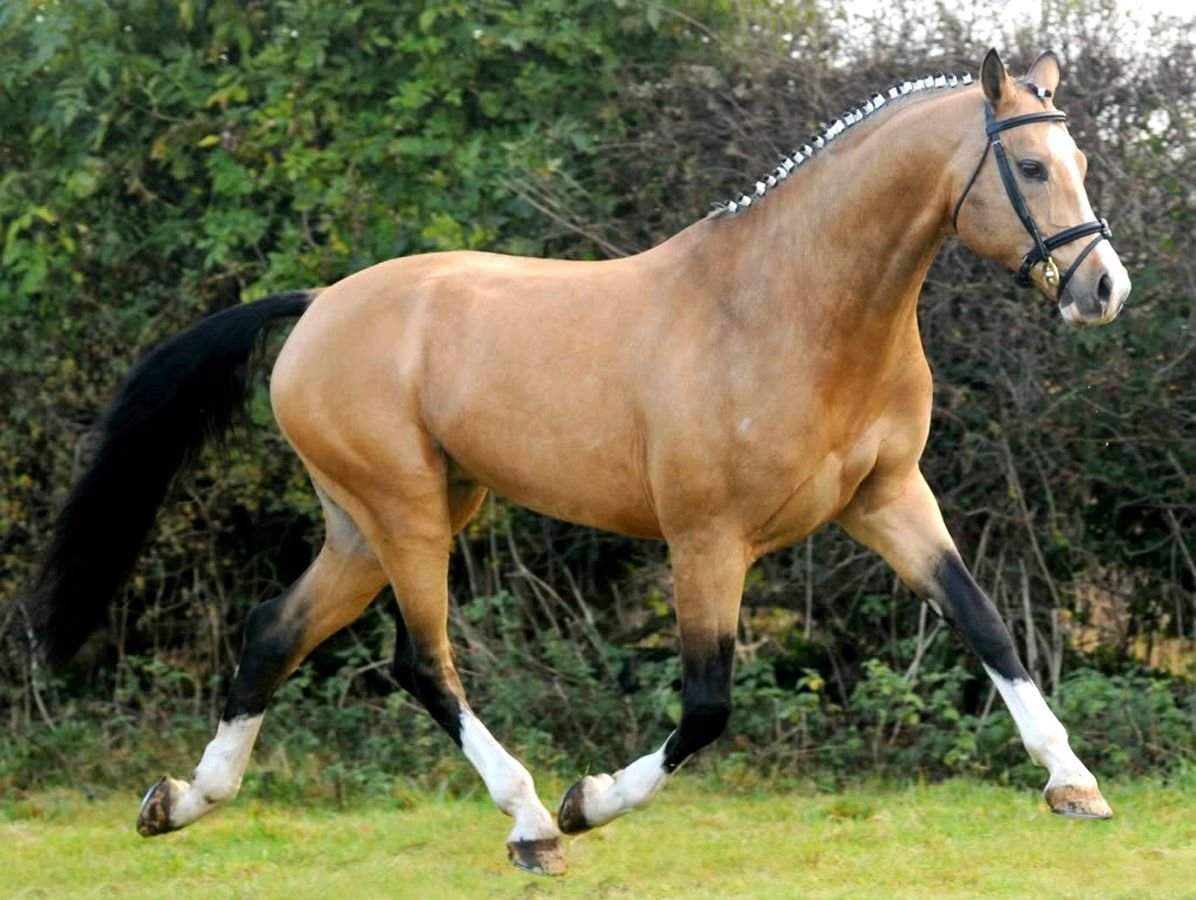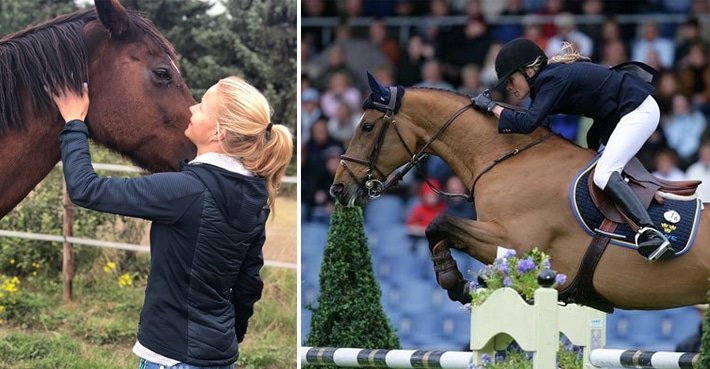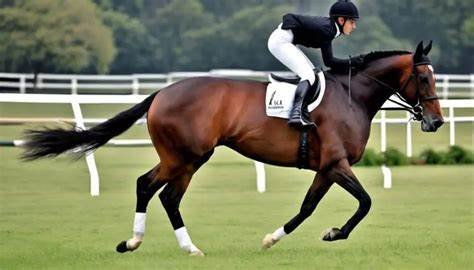In the world of competitive equestrian sports, the conformation of a horse plays a pivotal role in its success. Conformation refers to the physical structure and build of the horse, including the proportions and alignment of its limbs, torso, neck, and head. For warmbloods, conformation can significantly influence their performance in disciplines like dressage, show jumping, and eventing. Whether you are a competitive rider, breeder, or trainer, understanding warmblood conformation is crucial for selecting the right horse for each discipline and maximizing its potential.
This article will explore the ideal conformation traits for warmbloods in competitive riding and how these physical characteristics contribute to their performance.
1. What is Conformation?
Conformation refers to the overall structure and build of a horse. It encompasses the alignment of the horse’s bones, joints, muscles, and overall body structure. Conformation affects a horse’s ability to move freely, maintain balance, and perform at the highest level in various disciplines.
In competitive riding, ideal conformation is closely linked to a horse’s athleticism, soundness, and rideability. Horses with well-proportioned, functional conformation are more likely to be successful in demanding sports like dressage, show jumping, and eventing. Conformation impacts a horse’s movement, stride length, joint flexibility, and overall endurance—all essential factors for a competitive horse.
2. Ideal Conformation for Dressage
Dressage is a discipline that demands elegance, precision, and fluidity of movement. A horse that excels in dressage needs a conformation that allows for graceful, smooth, and controlled movement, particularly in the hindquarters and neck. The ideal warmblood for dressage has traits that support balance, impulsion, and flexibility.
Key Conformation Features for Dressage:
- Long, Sloping Shoulders: Long, sloping shoulders allow the horse to move freely and reach forward with a long stride. This is essential for fluid, flowing movements in dressage.
- Well-Developed Hindquarters: The strength and power in the hindquarters are crucial for propelling the horse forward with impulse. A warmblood with well-muscled, strong hindquarters can perform movements like piaffe, passage, and extension with ease.
- Flexible Neck and Smooth Topline: The horse’s neck should be long and flexible, allowing it to reach into the bridle with ease. A smooth topline, from the neck to the back, facilitates natural bending and collection, key to achieving balance and grace in dressage.
- Straight Legs and Clean Limb Alignment: Straight, well-aligned limbs are necessary for the horse to move efficiently and maintain soundness over time. Clean, straight legs also prevent strain on the joints and tendons, reducing the risk of injury.
3. Ideal Conformation for Show Jumping
In show jumping, the horse’s ability to clear obstacles with power and precision is of utmost importance. The ideal warmblood for show jumping should have a conformation that supports agility, power, and flexibility, allowing the horse to easily clear high fences and handle tight turns.
Key Conformation Features for Show Jumping:
- Compact, Muscular Body: A compact, muscular build is ideal for show jumping because it provides the strength and agility necessary to jump and land efficiently. The powerful hindquarters push the horse over obstacles with precision and ease.
- Strong, Well-Defined Hindquarters: The hindquarters need to be strong enough to provide the thrust required for take-off, while also being flexible to handle the force of landing after a jump.
- Well-Set, Broad Chest: A broad chest with good width between the front legs ensures that the horse has enough room to clear the jump without knocking it over. A strong chest also supports the horse’s heart and lungs, which are essential for exertion during jumping.
- Good Leg Placement and Joint Flexibility: Straight, well-angled legs help the horse maintain proper alignment when taking off and landing. Flexibility in the joints, especially the knees and hocks, is essential for absorbing impact and providing maximum suspension in the air.
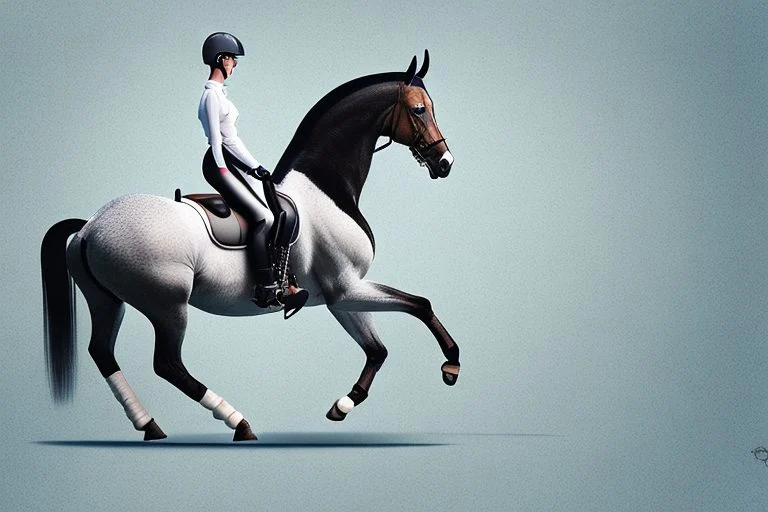
4. Ideal Conformation for Eventing
Eventing combines dressage, cross-country, and show jumping, so an eventing warmblood must possess a versatile conformation that supports athleticism in all three phases. Eventing horses need the stamina for cross-country, the jumping ability for show jumping, and the balance and suppleness for dressage.
Key Conformation Features for Eventing:
- Balanced, Proportional Build: Eventing requires a horse to be both powerful and agile. A balanced, proportional build with a moderate frame allows the horse to move efficiently through the varying demands of dressage, cross-country, and show jumping.
- Strong Hindquarters with Good Flexibility: Like in show jumping and dressage, the hindquarters are vital in eventing. The horse needs strong, muscled hindquarters for power, but also flexible joints to navigate the varying terrain in cross-country and maintain fluid motion in dressage and jumping.
- Good Hoof Quality: Eventing horses must be sound and able to handle a variety of terrains. Well-formed, strong hooves ensure the horse remains sound throughout all phases, reducing the risk of injury during long-distance gallops or high jumps.
- Straight Legs with Well-Angled Joints: Straight limbs with proper joint angles provide the necessary support and stability for the demanding movements in eventing. Flexibility in the knees and hocks helps the horse navigate obstacles and tough terrain with ease.
5. Conformation for General Competitive Riding
For lower-level competitions or general competitive riding, the ideal conformation is a blend of qualities suited to various disciplines. While not necessarily as specialized as horses bred for dressage, show jumping, or eventing, a competitive riding warmblood should still have an athletic build and functional conformation.
Key Features for General Competitive Riding:
- Straight, Strong Legs: Straight legs that are well-aligned ensure that the horse can move efficiently and remain sound over time. Proper limb structure prevents joint strain and promotes smooth gaits.
- Muscular, Balanced Body: A balanced body with adequate muscle tone ensures that the horse is strong enough for competitive tasks while remaining agile enough for quick movements and turns.
- Flexibility and Reach in the Neck: A flexible, well-arched neck allows for proper head carriage and enhances the horse’s ability to collect, extend, and perform various movements in the competitive arena.
6. Conclusion
Conformation is a critical factor in determining a warmblood’s suitability for competitive riding. Whether in dressage, show jumping, eventing, or general competitive disciplines, the ideal conformation will enhance the horse’s ability to perform efficiently and effectively. Understanding warmblood conformation traits such as strong hindquarters, straight legs, a flexible neck, and a balanced body can help riders, trainers, and breeders select the right horse for their needs.
By carefully considering these conformation features, you can ensure that your warmblood is equipped with the athleticism, agility, and strength required to excel in competitive riding, ultimately helping them reach their full potential in the arena.







